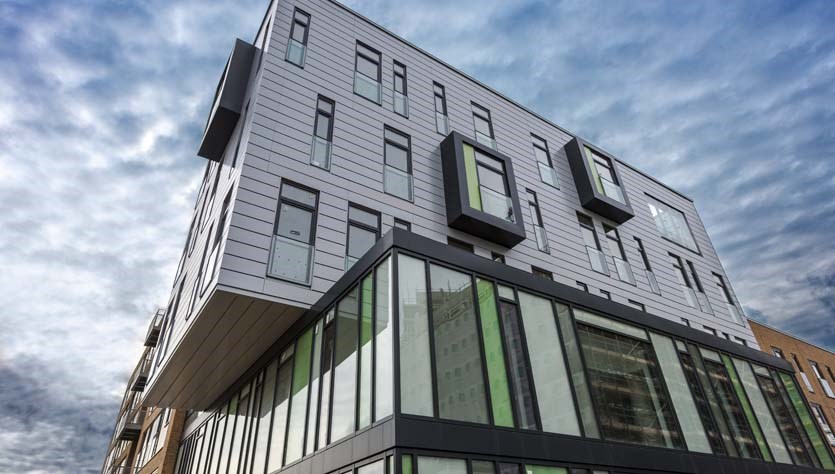Haggerston West & Kingsland Estates had a reputation as being among the most run down in the capital and as part of a £150 million regeneration Vital Energi designed and installed a CHP system and District Energy Network to bring more affordable and environmentally friendly energy to residents.
The redevelopment will see a complete restoration of the area which formerly consisted of tower blocks with a total of 400 dwellings that were in an extremely poor condition. Crime and disrepair were a continual issue for local residents, some of whom had been campaigning for improvements on the estates since the 1980’s.
As the homes could not be economically refurbished to Decent Homes Standards, due to their poor condition, Hackney Council asked London & Quadrant to demolish the 480 interwar and post war flats, over two phases, and build 761 new quality homes. More than half of the homes will be affordable housing and 248 will be for social rent. The new development will also incorporate open spaces, children’s play areas and commercial space.

The project is being carried out over two phases. Phase 1 consists of 367 new homes and a brand new state of the art community centre and will be completed in 2013. Construction work began on Phase 2 in the sum
Vital Energi is working closely with the schemes developer, Taylor Wimpey, and ESCo (Energy Services Company) SSE, to ensure that all of the key requirements and deadlines for the project are met.
It has been contracted to design, supply, install, operate and maintain two CHP Energy Centres and two separate district heating networks. A single energy centre would have been the preferred option but was not possible due to the estates being separated by the canal.